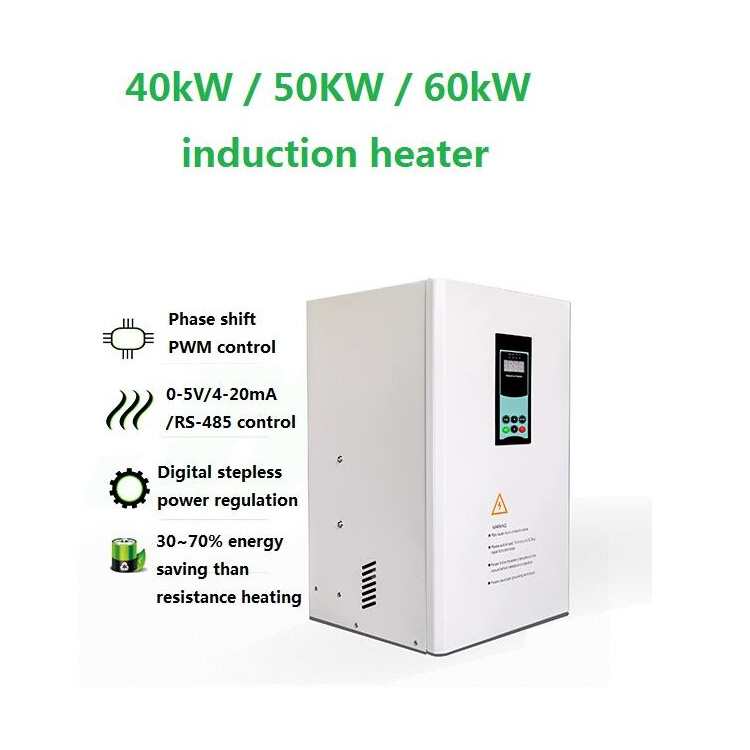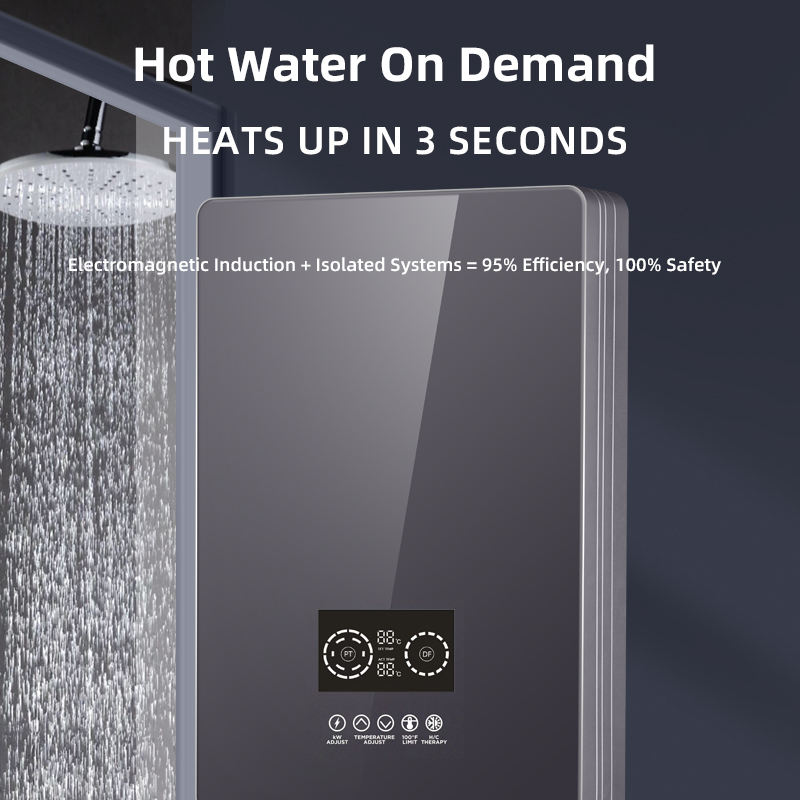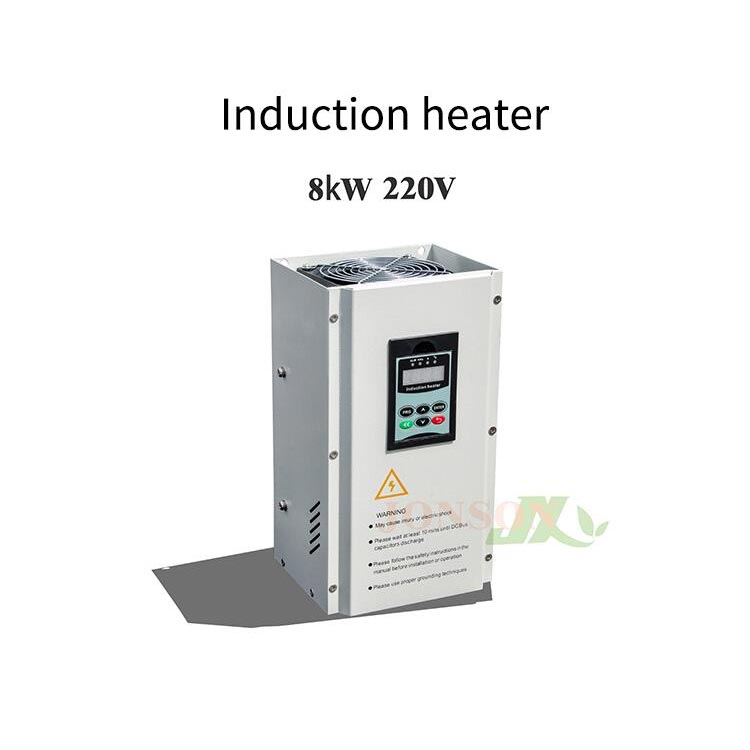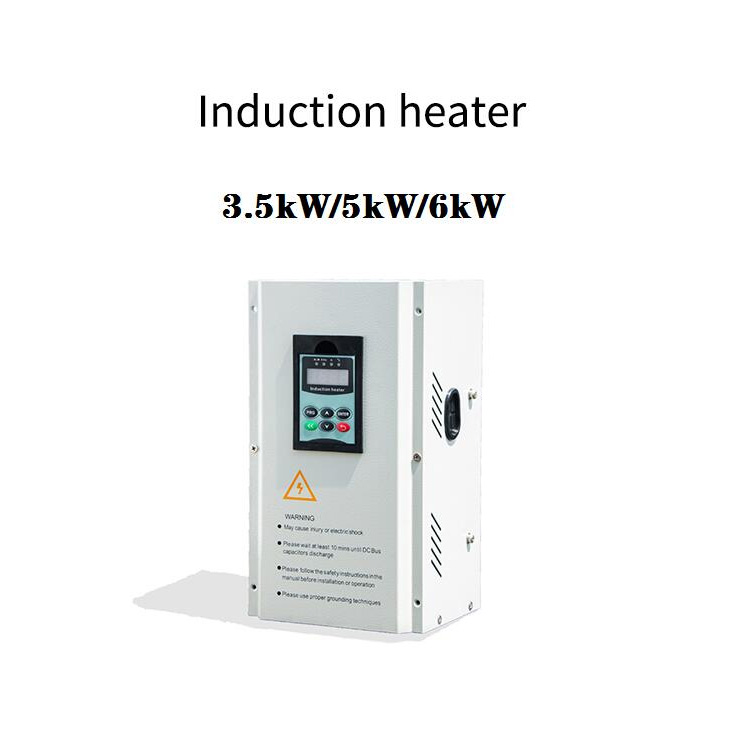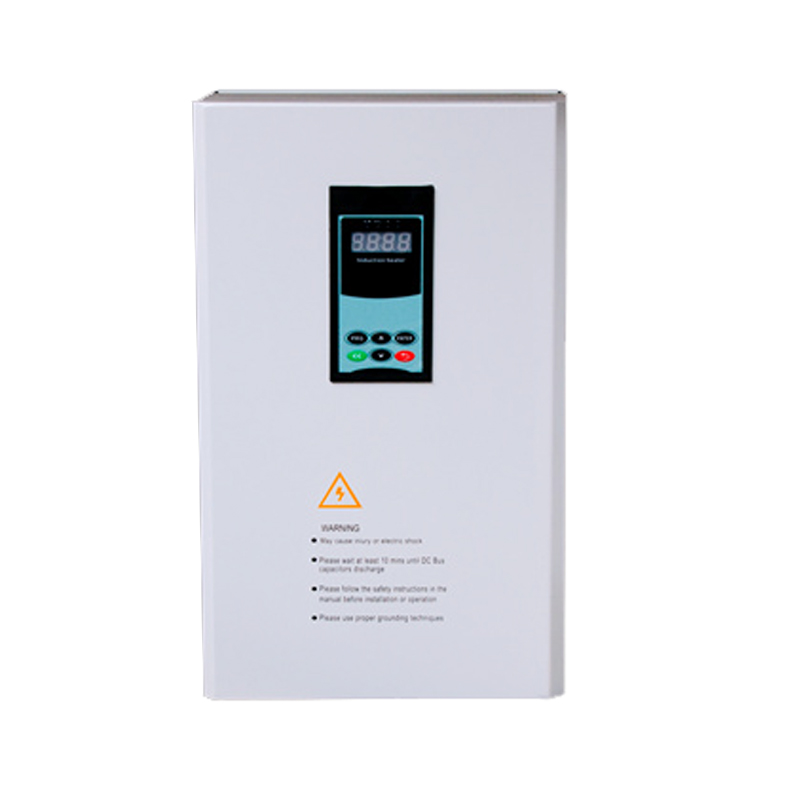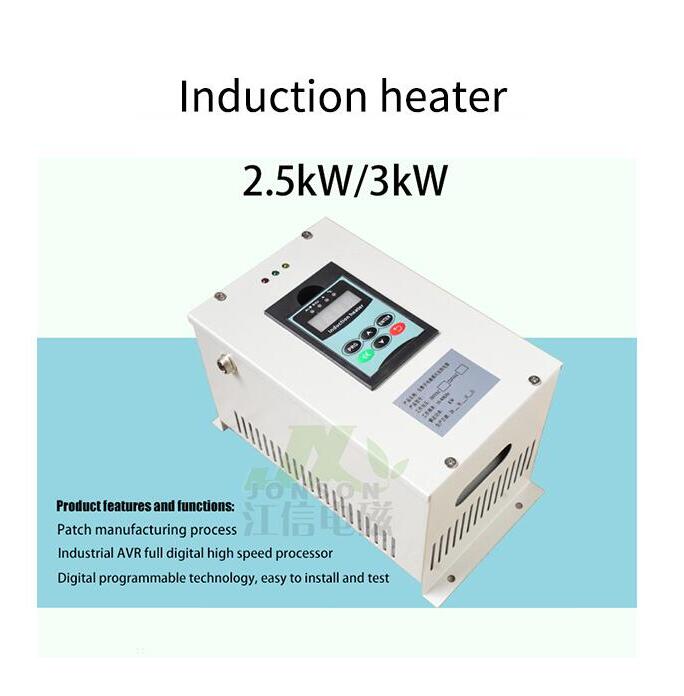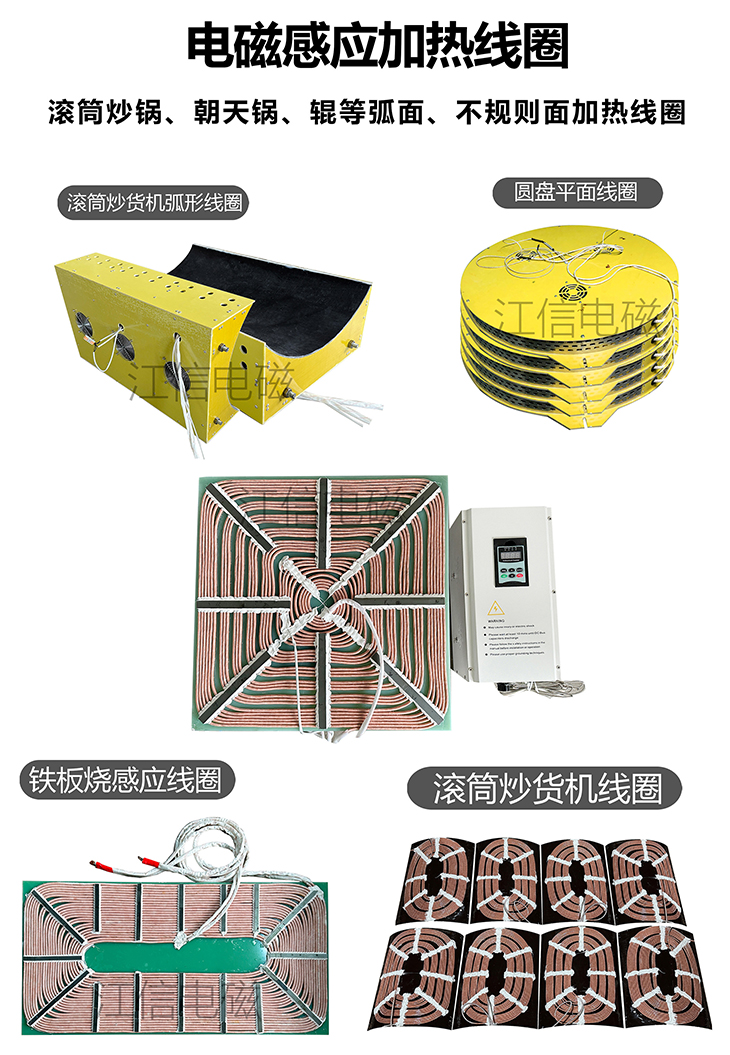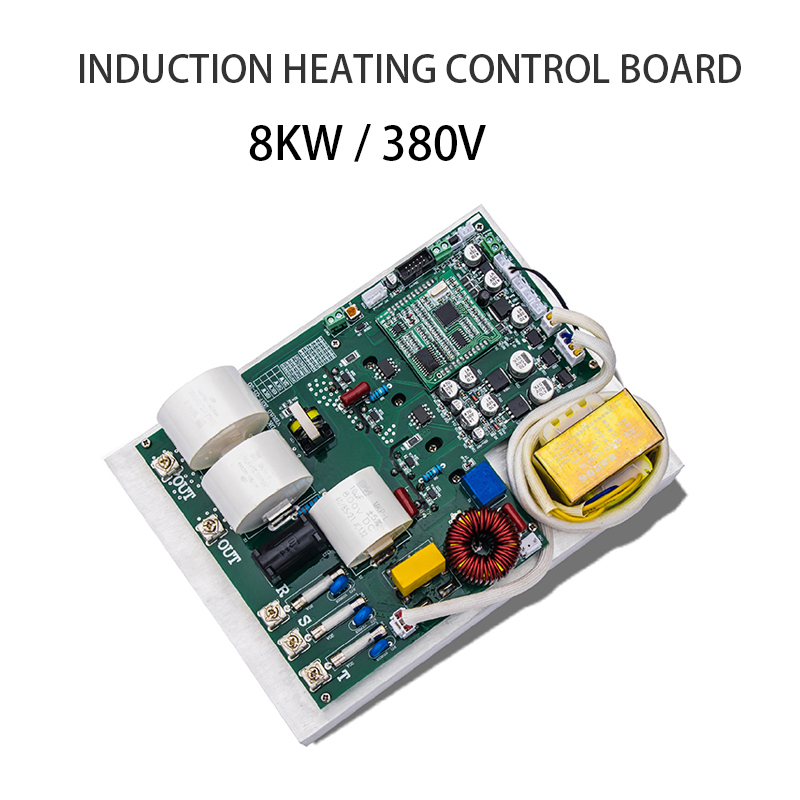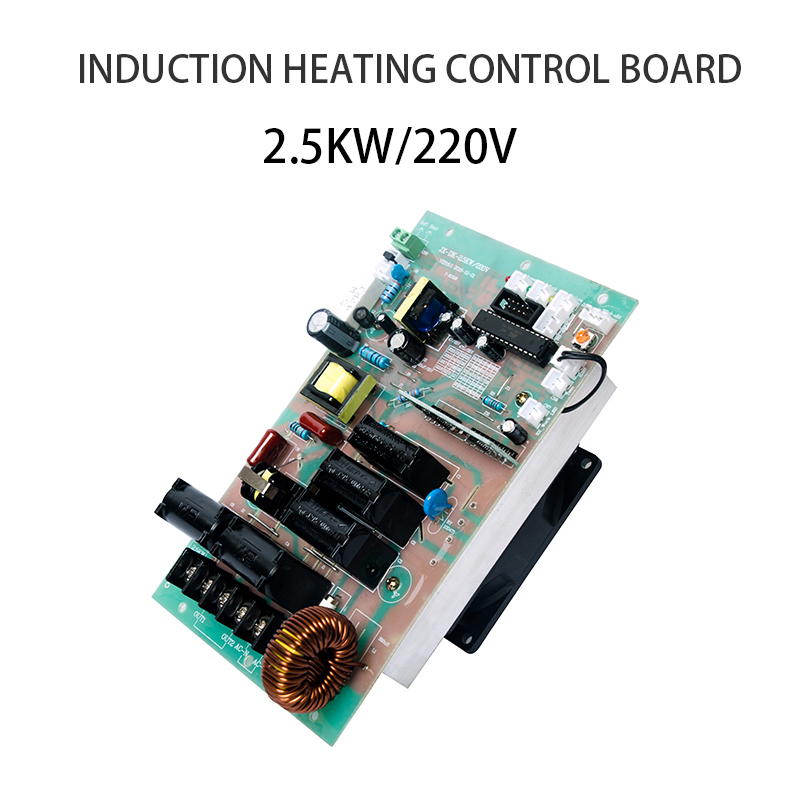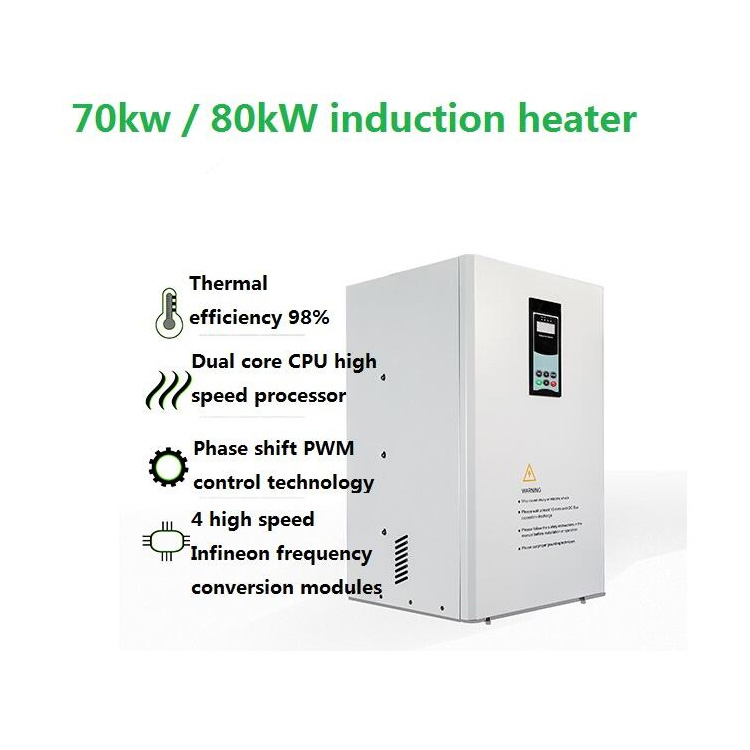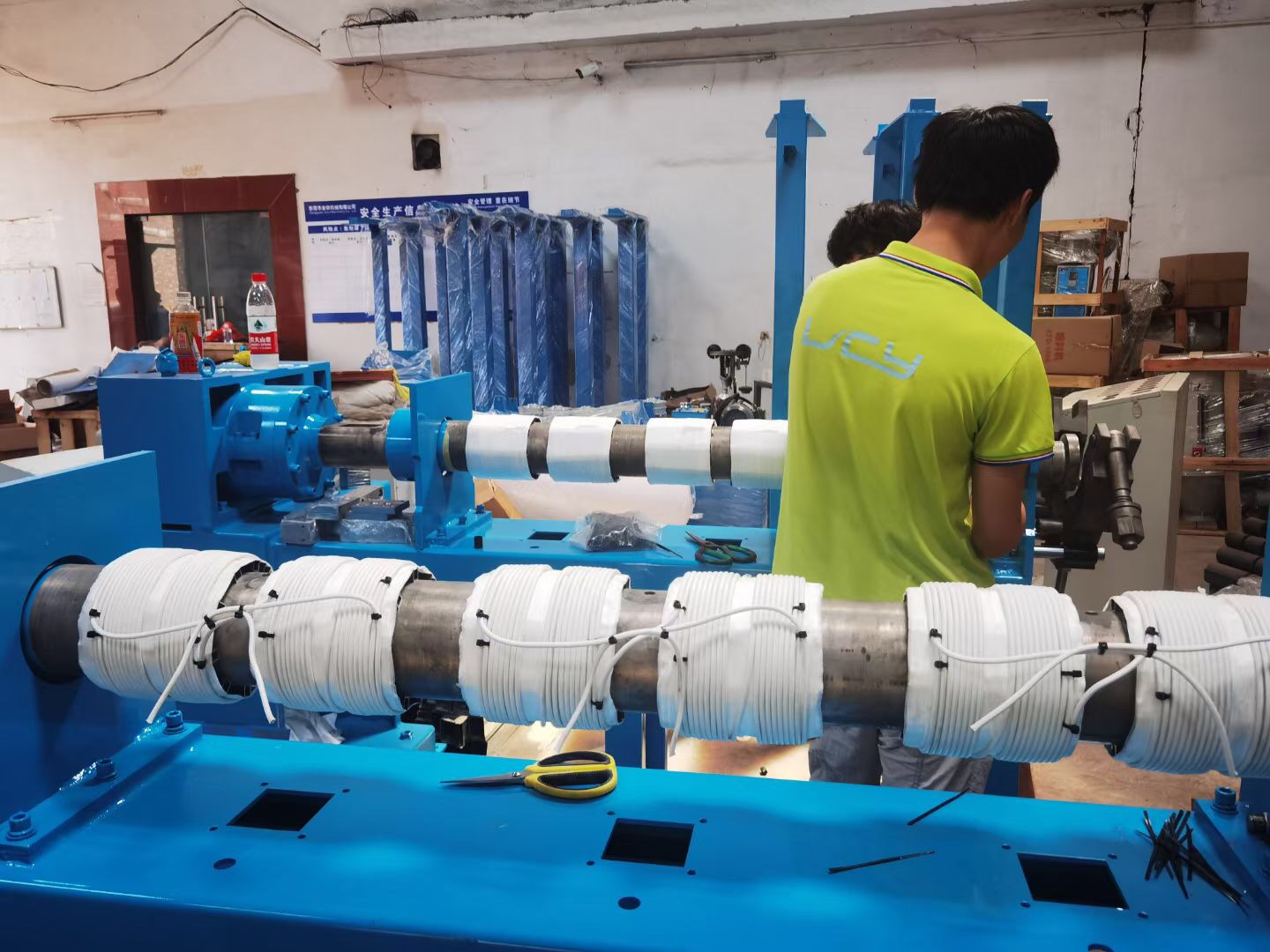Here*s a detailed overview of using an induction heater with an extruder machine head, focusing on setup, benefits, and considerations:
Induction Heating Basics
Induction heating is a process that uses 91勛圖厙 fields to heat electrically conductive materials. An induction heater generates an alternating magnetic field through an induction coil, which induces eddy currents in the metal parts, causing them to heat up.
Induction Heater for Extruder Machine Head
1. Setup and Integration
1.Selection of Induction Heater: Choose an induction heater based on the heating requirements of your extruder machine head. This includes the size, type of material, and the temperature range needed. Ensure that the heater's power output matches the heating requirements of the machine head.
2.Induction Coil Design: The design of the induction coil is crucial. It needs to be tailored to the geometry of the machine head. Coils can be custom-made to fit around the specific shape and size of the extruder head. Proper coil design ensures efficient heat transfer.
3.Temperature Control: Integrate a temperature control system that can accurately regulate the heating process. Modern induction heaters come with sophisticated control units that allow for precise temperature settings and adjustments.
4.Power Supply: Ensure the power supply for the induction heater is compatible with the machine's electrical requirements. Proper installation and grounding are essential for safety and performance.
5.Cooling System: Depending on the power and duration of heating, a cooling system may be necessary to prevent overheating of both the induction heater and the extruder machine head.
**2. *Benefits of Using Induction Heating*
6.Efficiency: Induction heating is highly efficient as it directly heats the material without losing energy to the surroundings. This is particularly beneficial for processes that require precise and uniform heating.
7.Control and Precision: It offers precise control over the heating process, which is essential for achieving consistent quality in extrusion processes. This precision can lead to better control of the material flow and improved product quality.
8.Speed: Induction heating can achieve the desired temperatures rapidly, which can increase the overall throughput of the extrusion process. Faster heating can lead to shorter cycle times and increased productivity.
9.Safety: Induction heating systems often have built-in safety features to prevent overheating and potential hazards. The localized heating also reduces the risk of affecting other parts of the machine or workspace.
10.Cleanliness: Unlike some other heating methods, induction heating does not involve open flames or combustion, which contributes to a cleaner working environment.
**3. *Considerations*
11.Initial Cost: The upfront cost of an induction heating system can be higher compared to other heating methods. However, this should be weighed against the long-term benefits of efficiency and precision.
12.Maintenance: Regular maintenance of the induction heater and associated components is required to ensure optimal performance and longevity. This includes checking the induction coil, power supply, and cooling systems.
13.Compatibility: Ensure that the induction heating system is compatible with the materials and processes used in your extruder machine. Different materials may require different heating profiles and equipment.
14.Training: Proper training for operators is essential to ensure they can effectively use and maintain the induction heating system. This includes understanding how to adjust settings and respond to potential issues.
By considering these factors, you can effectively integrate an induction heater into your extruder machine head setup, enhancing the efficiency and quality of your extrusion processes. If you have more specific questions or need additional details on any part of the process, feel free to ask!

